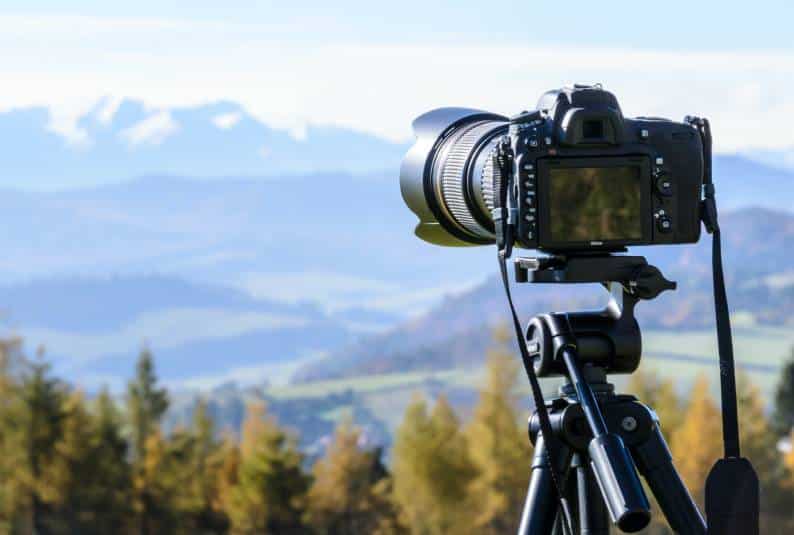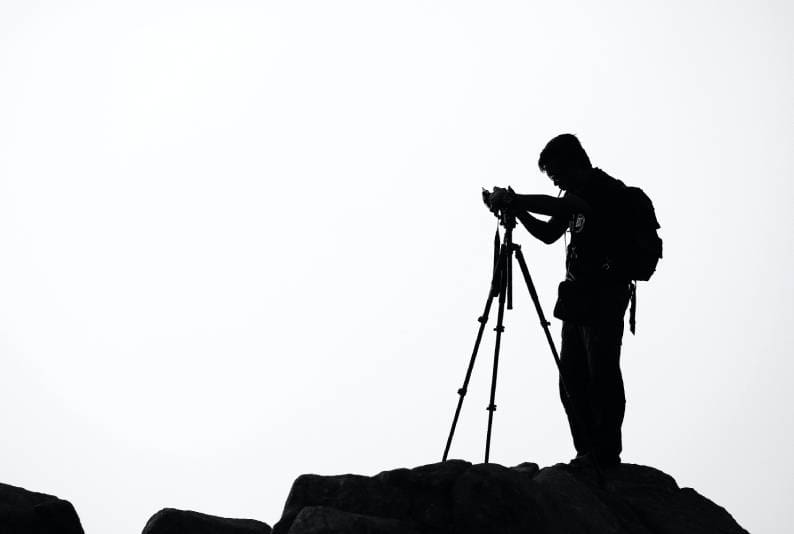words Al Woods
Are you a beginner photographer looking to take your craft to the next level? Mastering the camera can be one of the most rewarding and fulfilling experiences for any budding photographer. With just a few tips and tricks, you can start taking stunning shots in no time! In this article, we’ll explore some essential photography techniques that will help you get started on your journey as an amateur photographer. From understanding basic composition rules to experimenting with shutter speed and ISO settings, these six tips will give you all the guidance needed to take beautiful photos. So get ready to learn some new skills – let’s dive right in!
1. Understand the Basics of Composition
Learning how to properly frame and arrange your subjects in the shot will make all the difference in your photos. Start by looking for lines, patterns, and shapes that can be used to create an interesting visual story. Also, remember to use the rule of thirds – this means dividing the frame into nine imaginary squares and placing your subject at one of the intersections. This will create a more balanced composition and bring more focus to your subject. While these basics do take some practice, they can be incorporated into any shot and will help you create beautiful images.
2. Choosing the best Lense
Depending on what you are shooting, different lenses will affect how your subject appears in the frame. Wide-angle lenses, for instance, work well for landscape shots, while telephoto lenses are ideal for portraits and close-ups. Knowing which one to use when can help you create photos that truly stand out from the crowd. Namely, if you want to explore your options for the Nikon D810, you might want to try the 50mm f/1.4G lens, or perhaps the 20mm f/1.8G ED Fixed Lens. Before you buy a lens, take some time to research how each one will affect your photos and what type of shots it is best suited for. Getting a specific lens can help you create stunning images that truly stand out.
3. Adjusting Your Shutter Speed and ISO Settings
The term “shutter speed” refers to the length of time that your camera’s shutter remains open while taking a picture. A slower shutter speed results in more blur and movement being captured in the image, while faster shutter speeds are better for capturing clear and sharp photographs. ISO settings determine how sensitive your camera is to light, so a higher ISO setting means more sensitivity to light but can result in grainy images. Modifying these settings can assist in producing impressive photographs based on lighting circumstances and the desired outcome.
4. Shoot in RAW Format
A lot of photographers, especially beginners, opt for shooting in JPEG format because it is smaller and easier to manage. However, RAW files are much more versatile when you start editing your photos. RAW gives you the freedom to adjust white balance, shadows, highlights, and other photo settings without causing damage to the original file. It’s also a great way to experiment with different looks and styles without fear of ruining your shot.
If you don’t intend to edit your photos, it’s better to use the smaller JPEG format as RAW files take up more storage space. But if you’re keen to try different styles and have enough storage space, then RAW files are certainly worth considering.
5. Utilizing Natural Light
Lighting is an important factor in photography, and it’s essential to know how to use natural light to get the best shots. Natural light can be used to create beautiful shadows, textures, and depth – all you need is some patience and practice! You can also play around with different angles to see how the light affects your photos. For example, shooting during the golden hour (just before sunset) can produce breathtaking results. Also, if you want to achieve a more dramatic look, try shooting at night or in shadowy areas. This can be really challenging, but the results can be worth it if you know how to work with it.
6. Practice Makes Perfect
To become a camera expert, it’s pivotal to practice even if you have a lot of knowledge and experience. The more photos you take, the more comfortable you’ll get with your equipment and settings. Don’t hesitate to experiment and keep practicing. As long as you stay committed and think creatively, you’ll soon be producing incredible photos. Make a habit of carrying your camera around with you and taking pictures wherever you go – this way, you’ll get more familiar with the settings and have plenty of photo opportunities.
Mastering the camera is a rewarding and fulfilling journey for any photographer. Taking stunning shots does require some practice, but with these six tips and tricks, you’ll be able to take your photography skills up a notch. From understanding composition rules to experimenting with shutter speed and ISO settings, incorporating these techniques into your shoots will help you create beautiful images that stand out from the crowd. So don’t hesitate – grab your gear and get ready to start taking amazing photos!











